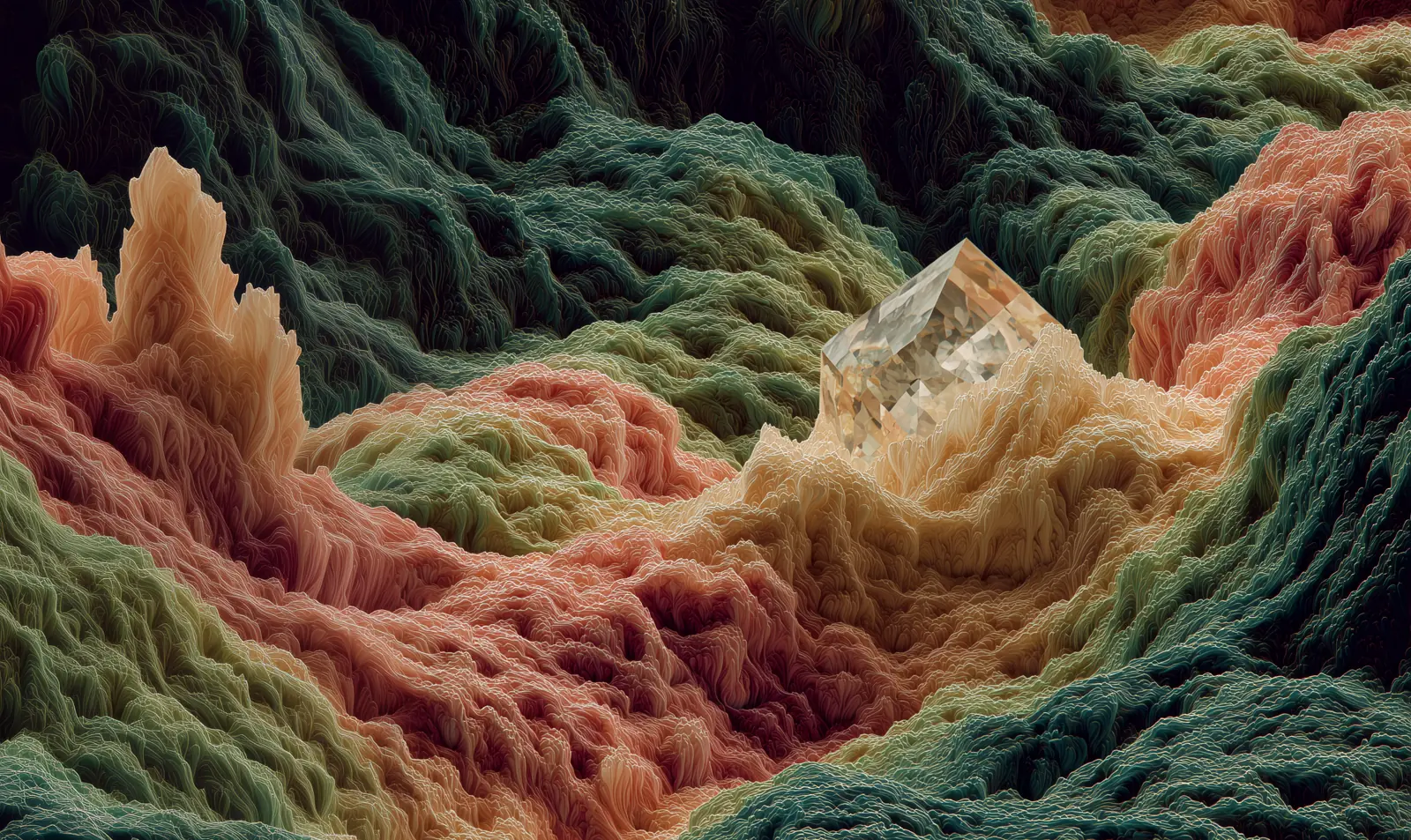When biology meets fashion: Materials shaping tomorrow’s design

When Hermès creates a travel bag from mushroom roots or The North Face experiments with jackets spun from lab-grown spider silk, they’re doing more than just making products. They’re showing what happens when biology and fashion start working together.
These materials didn’t exist in factories ten years ago, but today they’re designed in labs and beginning to appear in fashion collections. Fashion is shifting from extracting resources to growing new ones, and this change is beginning to reshape how the industry thinks about design, production, and possibility.
The moment we’re in
For decades, fashion relied on familiar supply chains: cotton fields, petrochemical plants, tanneries, and dye houses. These systems are under pressure as climate change, regulatory requirements, and rising costs are prompting the industry to explore alternatives. Consumers, particularly younger generations, are asking for durability, transparency, and responsibility from the products they buy.
This is where biotechnology steps in. What began as experimental prototypes is moving toward the mainstream. As materials that once seemed futuristic appear in pilot collections and early products, fashion designers and companies treat them as practical choices for everyday use.
Spotlight on new materials
Some of the most fascinating innovations are happening at the material level:
Living materials grown in controlled environments
Mycelium, the root structure of mushrooms, is cultivated into sheets that look and feel like leather. Cotton-like fibers can be grown in bioreactors instead of in fields. These materials can be cut, stitched, and finished like traditional fabrics while using fewer resources.
Dyes produced by engineered bacteria
Instead of chemical baths that consume large amounts of water and generate waste, microbes produce pigments and bond them directly to fabrics. The colors are vibrant, long-lasting, and created with a smaller environmental footprint.
Textiles from unexpected sources
Seaweed is spun into soft fibers, food waste transformed into leather alternatives, and agricultural byproducts turned into high-performance fabrics. These approaches expand what fashion materials can do while reducing waste.
The science behind the materials
The technologies behind these innovations combine biology and engineering in real, hands-on ways:
Microbes as makers
Fermentation, a similar process used to brew beer and bake bread, can also grow proteins like spider silk and natural color pigments. These proteins can be spun into fibers for fabrics, while pigments are applied to create sustainable dyes.
Growing materials instead of harvesting them
Leather-like sheets and cotton-like fibers can now be grown from cells in bioreactor tanks, instead of coming from animals or grown in fields. Inside these tanks, cells multiply under controlled conditions to create materials used for clothes and accessories.
Designing at the molecular level
Fibers can be tuned for softness, strength, or breathability, offering properties that traditional materials don’t always provide. This means clothes can be more comfortable, durable, and better at managing moisture.
These processes show how fashion materials are being reimagined at their foundation—from fibers and textures to dyes and finishes.
Why it matters
Fashion is at a crossroads. Traditional supply chains are under more pressure as the industry continues to rely on petrochemicals, animal hides, and water-intensive crops. In response to these challenges, biotechnology is creating new materials that combine creativity, performance, and sustainability.
These biotech innovations open new possibilities for designers, translate research into real-world products, and create opportunities for the industry to evolve. Early applications are moving from lab experiments into physical products, signaling that biotechnology is becoming a key driver in the industry.
What happens now will pave the next generation of clothing and accessories, influencing how products are designed, manufactured, and experienced.
What comes next
Biotech materials are still evolving. Alongside fabrics appearing in collections, researchers are exploring entirely new possibilities: textiles that respond to temperature, fibers that repair themselves, and materials engineered at the molecular level with properties not yet imagined.
The coming years will see a mix of materials moving from lab to factory and innovations pushing the boundaries of what fashion can be. Collaborations between designers, scientists, and manufacturers will set which materials reach consumers, while experimentation continues in labs worldwide.
Fashion has reinvented itself many times—from industrialization to synthetics to performance fabrics. Now, biology is becoming part of the design process, and both emerging and yet-to-be discovered materials are at the center of this transformation.
Why BioRunway exists
Biotech and fashion are coming together in new ways, with materials and experiments emerging across labs, collections, and industry news. BioRunway brings these developments into one place, highlighting living fabrics, engineered dyes, and unconventional textiles that are influencing the future of fashion.
We follow the materials, the collaborations, and the trends moving from lab to market, showing how innovation is changing what clothing and accessories can be. BioRunway is here to capture this moment, tracking the next generation of fashion as it takes shape from the material level up.
More articles

Alternative silk explained
Silk is evolving from cocoons to lab-grown fibers

Cotton is actually a biotech fabric
7,000 years of breeding and genetic engineering shaped the cotton we wear.

Our favorite biotech and fashion summer highlights
Curated biotech and fashion stories, showcasing innovation, design, and emerging trends.
Become an insider
Stay in the loop on the latest updates.
